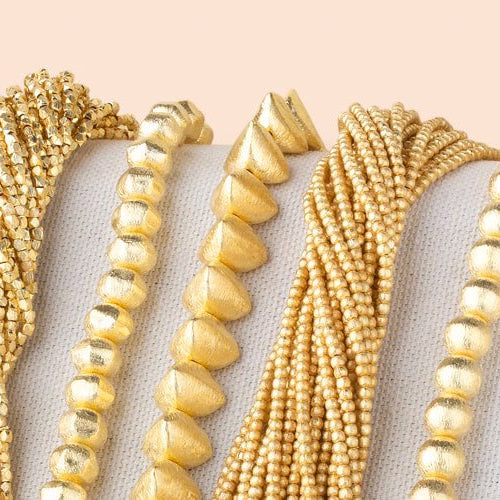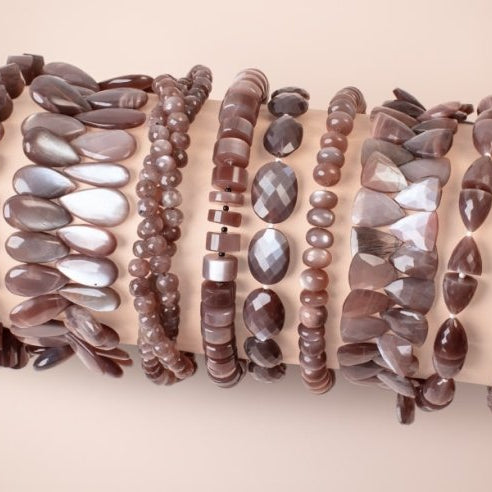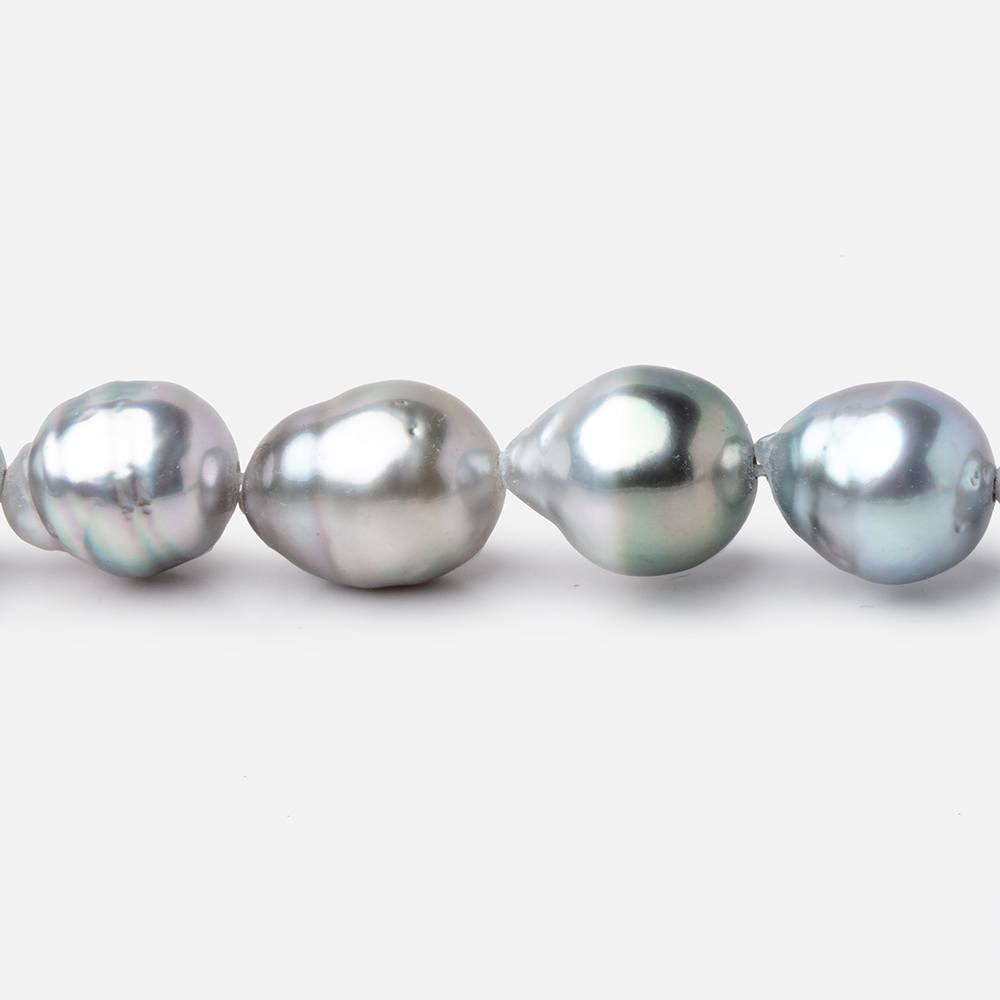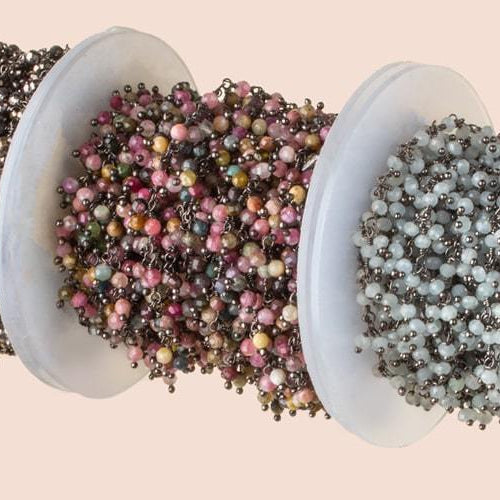Labradorite beads are a beautiful and unique option for creating truly one-of-a-kind jewelry pieces. While discovered much more recently than, say, diamonds or turquoise, labradorite has a rich history and has been popular in jewelry-making for centuries. This stone is also prized by some for its supposed metaphysical properties
. Keep reading to learn more about this amazing crystal.
Origins of Labradorite
Labradorite was first identified by geologists in the 1770s. The stone was discovered in and is named for Labrador, Newfoundland, which is located in northeastern Canada. According to legend, the Northern Lights were once trapped inside the rocks on the coast of Canada. They remained there until a brave warrior released most of them by breaking the rocks with a spear. The stones that were not hit still hold the Northern Lights inside, which causes the captivating iridescent quality that labradorite possesses.
During the 18th century, the stone was popular in England and France for jewelry-making. It was also used for carving and engraving. Today, labradorite still comes from Labrador, but it has also been mined in Finland, Australia, Germany, Costa Rica, Madagascar, Norway, Russia, Mexico and the United States.
How to Identify Labradorite
Because it has such a unique appearance, labradorite is one of the easier gemstones to identify. When turned, it shows a bluish or white light known as adularescence. The effect is so unique in this stone that it is referred to as “labradorescence.” This captivating iridescence is the primary means by which labradorite is identified.
Labradorite itself ranges from gray to gray-black and has a colorful iridescence or “labradorescence.” This occurs as the result of light diffraction in the rock’s layers. The most popular labradorite stones are royal blue or multicolor. This stone may also, however, appear brownish, orangish-red or colorless.
Labradorite beads can exhibit a blue or green sheen, or it may showcase a full spectrum of colors. Stones featuring a full spectrum of colors are more valuable than those with blue or green sheens.
Metaphysical and Healing Properties
Labradorite is believed to be a magical stone with powerful protective properties. It is thought to “bright light” to otherwise unknown situations and provide the wearer with valuable insight. It may also help its wearer discover their path in life. Some people credit the stone with bringing out positive attributes, calming overactive minds and bringing peace to wearers. It is closely associated with the throat chakra and may aid in speech, hearing and self-expression. It is also said to facilitate communication between the physical and spiritual worlds and helps wearers recall dreams and past lives.
As a healing stone, it is believed that labradorite can be used to soothe disorders and diseases affecting the lungs and throat. It is also believed to aid with digestion, ease menstrual problems, prevent colds, improve metabolism and regulate blood pressure. These supposed healing properties, of course, are not backed by science and should not be taken as medical advice.
Gemstones and Metals that Look Great with Labradorite
Because labradorite is so vibrant and colorful, it pairs well with many different metals and gemstones. It pops when paired with silver or white gold, but it looks amazing with yellow gold and bronze, too. Pieces that pair the stone with silver tend to have a more modern look while those that feature labradorite with gold or bronze take on a more aged or antique appearance.
When designing jewelry, labradorite can be used on its own or with other stones. For a contrasting look, consider pairing dark stone with something lighter, like clear crystal quartz beads. The iridescence of moonstone works well with labradorite, too. If you are working on a bold, dark piece, try pairing labradorite with obsidian beads or another black crystal. When designing jewelry with labradorite as a focal stone, look for accent stones that match the focal crystal’s sheen.
Because labradorite can appear in so many different colors, it is a very versatile stone that works well with numerous gemstones and metals. Feel free to unleash your creativity and experiment until you come up with a look you love.
Conclusion
Labradorite beads come in a wide range of colors, sizes and styles, and they are perfect for making one-of-a-kind jewelry pieces. Browse our selection of high-quality natural labradorite beads to find the ones that are perfect for your next project.











